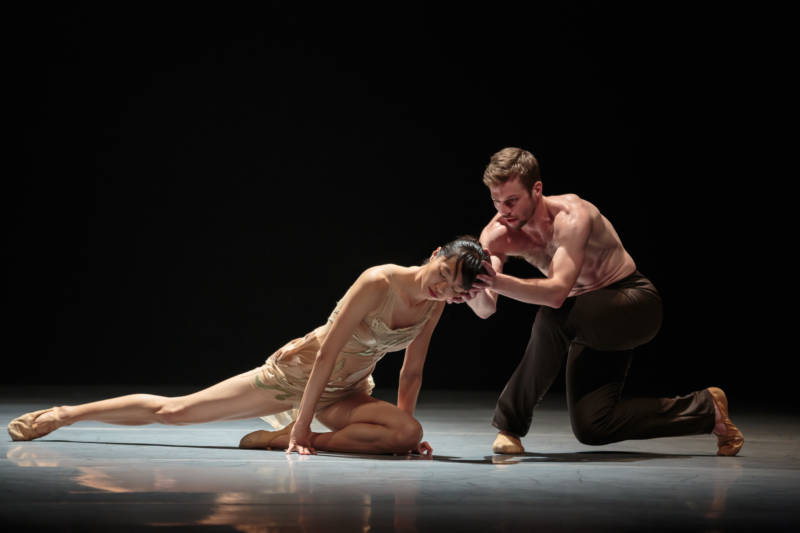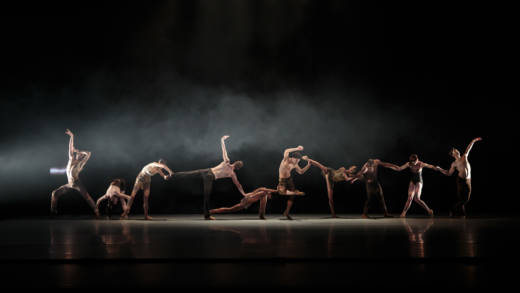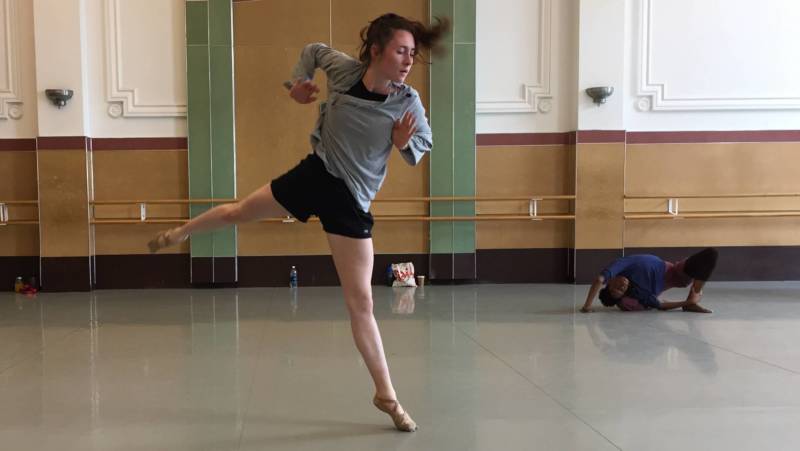There are more than 6,000 languages spoken around the world. But about every two weeks, one of them dies.
Bob Holman, a poet and filmmaker who made a documentary about endangered languages ranging from Basque (spoken in northern Spain) to the Hawaiian dialect of Ni’ihau calls this onrush of linguistic extinction “a global crisis of massive proportions.”
“A language is an encyclopedia of the life that’s lived in that culture, in that part of the world,” Holman says. “To lose all these languages is to lose that original vitality of being in that place on earth.”
About a year ago, Holman’s work caught the attention of San Francisco choreographer Alonzo King, who has a history of working with unlikely collaborators on projects for his dance company, LINES Ballet.
King sees language itself as a form of dance, “Listen to the way people talk, the way we’re putting emphasis,” he says. “There are voices that are erotic, there are voices that are cerebral, all of those are templates and colors.”

King’s new work, Figures of Speech, is based on Holman’s work. It features a score in which music mixes with poetry spoken in 12 languages on the verge of vanishing. These include Native American tongues like Ohlone and Maidu (both once spoken by California Indian tribes), Cheyenne and Comanche (plains Indians), Ladino (the language of Sephardic Jews), and Basque.




